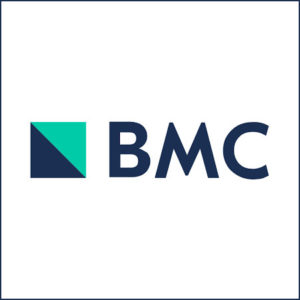Erfolgsfaktoren für die Behandlung mit MiniImplantaten und ihre Bedeutung für die Praxis – Praktische Implantologie und Implantatprothetik | pip 4 | 2010
Praktische Implantologie und Implantatprothetik | pip 4 | 2010
Erfolgsfaktoren für die Behandlung mit MiniImplantaten und ihre Bedeutung für die Praxis. Prospektive Untersuchung von Patientenfällen über ein Jahr
Literatur bei den Verfassern: Henriette Lerner, Ady Palti
Der klinische Erfolg von Mini-Implantaten hängt von verschiedenen Parametern ab, die auch untereinander in Beziehung stehen. In der vorliegenden Studie wurde untersucht, ob eine Korrelation zwischen dem Durchmesser der inserierten Implantate und der Primärstabilität existiert. Dabei wurden zudem unterschiedliche, durch den jeweiligen Patientenfall vorgegebene Knochendichten berücksichtigt. Außerdem erfolgte eine Dokumentation der Osseointegration und der Tiefe etwaiger perioimplantärer Taschen über einen Zeitraum von einem Jahr post implantationem. Darüber hinaus wurden der Einfluss des Implantatdurchmessers und der Art des Implantataufbaus auf die Erfolgsrate ermittelt.
Schlussfolgerung
Aufgrund der im Rahmen der vorliegenden Untersuchung ermittelten Ergebnisse darf bei einer Verwendung von Mini-Implantaten zur Prothesenstabilisierung mit einer Erfolgsrate ähnlich wie bei klassischen Implantationen gerechnet werden. Da der Erfolg mit der Primärstabilität korreliert, lässt er sich nach deren Bestimmung mit der Drehmomentratsche direkt im Anschluss an die Insertion bereits gut abschätzen. Liegen die ermittelten Zahlen im grenzwertigen Bereich (≈ 35 Ncm), so sollte im Zweifelsfalle eine weiche Unterfütterung vorgenommen werden. Je nach individuellem Fall ist auch zu prüfen, ob zur besseren Stabilisierung ein weiteres Mini-Implantat inseriert werden kann. Hat man die Wahl, so sollte eher ein etwas größeres gewählt werden, d.h. statt des 1,8-mm-Implantats lieber das 2,1er bzw. statt des 2,4-mm-Implantats lieber das MDI Hybrid mit 2,9 mm Durchmesser.
Es versteht sich von selbst, dass eng beieinander liegende Recall-Termine angeraten sind, insbesondere um die planmäßige Osseointegration zeitnah verfolgen zu können. Sie ist keinesfalls nach sechs Monaten abgeschlossen, sondern erfährt in den darauffolgenden sechs Monaten in der Regel noch einmal eine signifikante Verbesserung.

Dr. medic.stom. Henriette Lerner
1990 Studium der Zahnmedizin (Universität für Medizin und Pharmazie „Victor Babes“ Temeschburg).
1990-1993 Oralchirurgische Weiterbildung an der Akademie für Zahnärztliche Fortbildung Karlsruhe.
1995 Training in Goldman School of Dental Implantology/Boston, Massachussets.
1998 Spezialist DGZI.
2004 Expert Implantologie der DGOI.
2006-2007 Spezialisierung “Dento-alveoläre Chirurgie” Dr. medic.stom. Henriette Lerner (Universität “Carol Davila” Bukarest).
2006 Praxis im Videnti Zentrum für Implantologie und Ästhetik, Baden Baden.
Mitglied in: DGOI; ICOI; EAO; ASA DGÄZ; DGZMK; BDO; EFOSS.
Nationale und Internationale Referententätigkeit über Ästhetik in der Implantologie, Minimal Invasive Implantology, Curriculum Implantologie, fortgeschrittene Augmentationstechniken.





